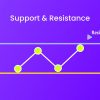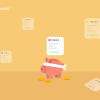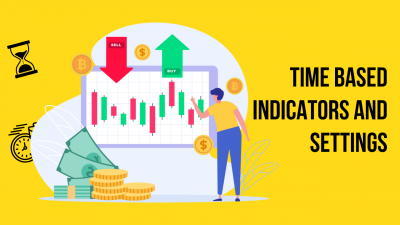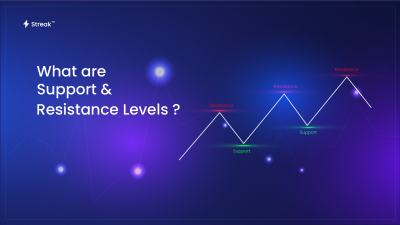Introduction
There are two ways you can trade naked options having a bullish view. Buying a call or selling a put, both these positions represent a bullish view in the market for option traders. The directionality of both the positions might be the same however there are many differences in both the positions. This is a very common doubt between those who start learning options trading. Through this article, we will learn how both these positions are not interchangeable.
Buying a Call Option
You buy a call when you are extremely bullish about the markets. Specifically, you require the stock to make a swift, aggressive move higher when you buy a call. This spontaneous increase in price will prevent time decay from having a negative impact and the trade turns out to be profitable.
In a call buying strategy, your potential profit is theoretically limitless. Your maximum possible loss, if the trade goes against you, is limited to the premium you paid to buy the call.
Long Call Payoff Diagram:

Selling a Put Option
When you expect the market to not move at all or to show a bullish move, you can buy a put option. While you may not anticipate a huge increase in the underlying stock for the course of the trade, you do anticipate the share price to hold or inch higher.
You collect a premium up front when you sell a put. Even if the stock grows multi-fold in value before expiration, this is your maximum gain on the investment. Comparing this strategy to a purchased call, the profit potential is limited to the premium received. Put sellers benefit from theta decay. The risk is theoretically uncapped for a put seller.
Short Put Payoff Diagram:

Summary Table
| Parameter | Buying Call | Selling Put |
| Margin | No Margin Required | The trader has to deposit a high margin with the broker. |
| Profit/Loss Potential | Unlimited Profit & Limited Loss | Limited Profit & Unlimited Loss |
| Premium | The trader pays the premium | The trader receives the premium |
| Rights & Obligations | Right but no obligation to buy | Will be obliged to buy the share if the buyer of the contract decides to exercise the contract. |
| Theta Impact | Passage of time negatively impacts the position. | Passenger of time positively impacts the position. |
| Implied Volatility | Position will gain in value if IV increases. | Position will loose value if IV increases. |
| Profit Cases | Requires the stock to make a swift, aggressive move higher. | If the stock rallies, edges higher, remains flat, or even pulls back slightly. |
| Loss Cases | Stock does not move, moves up only a little. | Moves down significantly (Strike – Premium) |
Strategy Example

Strategy Link: https://public.streak.tech/in/AzLJKBa6Fj
This strategy example consists of bullish conditions. We have added an in the money call and an in the money put option. The put option is being sold and the call option is being bought when the entry condition is triggered. As we can see, both the positions are gaining in value due to bullish movement in the underlying.
Conclusion:
Here we have explored the difference between long call and short put positions.The buyer of call has to pay the premium while buying but the profit potential is theoretically unlimited. The seller of the put collects premium while selling but has to deposit huge margin with the broker. For the put seller, the profit is limited and loss can be very large. Traders can prefer to sell puts when the IV is very high and theta decay is expected to be high. Theta decay is high near the expiry. Traders can use Streak to create and backtest their strategies with different positions and strikes to check which one performs better.
Disclaimer: The information provided is solely for educational purposes and does not constitute a recommendation to buy, sell, or otherwise deal in investments.









